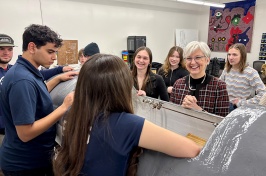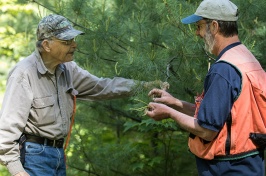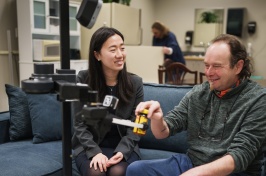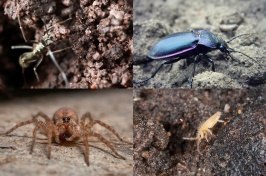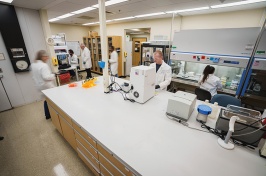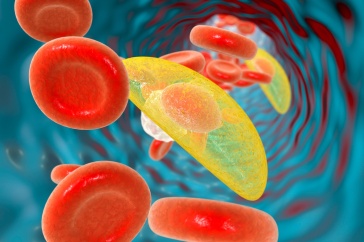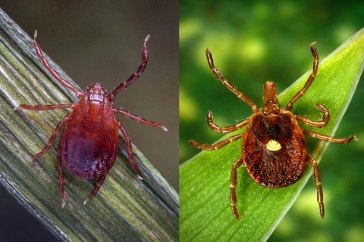
Each day, adult humans lose up to 70 billion cells due to a form of programmed cell death called apoptosis. It’s an important regulatory mechanism that rids the body of defective cells, and when it breaks down, cells proliferate unchecked, as in cancer.
Building on a decades-long legacy of UNH research into cancer in the softshell clam (Mya arenaria), a recent paper by a team of UNH researchers sheds new light on how apoptosis evolved in invertebrates. The paper, published in the journal Genome Biology and Evolution, overturns a longstanding idea in the science of apoptosis by finding that the genetic repertoire that the clam uses for its apoptosis pathway is more similar to humans than to other invertebrates that have been studied.
“By focusing on the genome and the apoptosis gene set of another invertebrate from a different lineage than fruit flies and round worms, we show that the idea that vertebrate apoptosis pathways are more complex than invertebrates is incorrect,” says lead author David Plachetzki, associate professor of molecular, cellular and biomedical sciences at UNH. “In fact, we infer that the ancestor to all vertebrates and most invertebrates had complex apoptosis pathways, which were then reduced in complexity by gene loss in some invertebrates. So, we have overturned the idea that mammalian programed cell death complexity is a unique feature of our lineage and propose that this complexity evolved closer to the dawn of animals.”
The paper spans the academic generations of UNH researchers: It drew on the long careers of research into cancer and apoptosis in softshell clams by emeritus professor Chuck Walker and research professor emeritus Michael Lesser. Associate professor of genome-enabled biology Matt MacManes sequenced the genome of the clam, and Plachetzki and postdoctoral researcher Sabrina Pankey conducted the comparative study.
The study, which was the journal’s cover story, demonstrates the importance of studying a wider range of laboratory model organisms, says Plachetzki. “The complexity in apoptosis pathways was already high at the origin of most animal lineages, but was simplified through gene loss in a particular branch of invertebrates that a lot of people study. The study also shows how relying on just a few standard laboratory model organisms can actually confound our understanding of biological complexity.”
This study was supported by the National Cancer Institute, the National Science Foundation, a Saltonstall-Kennedy grant, NH Agricultural Experiment Station Hatch grant and NH Sea Grant.
-
Written By:
Beth Potier | UNH Marketing | beth.potier@unh.edu | 2-1566


















